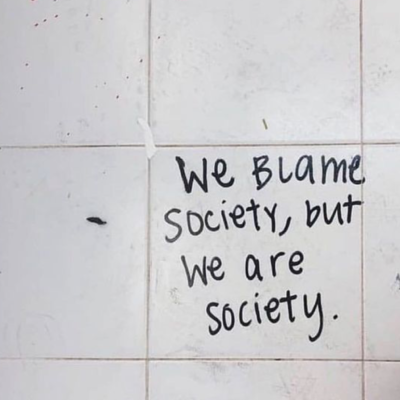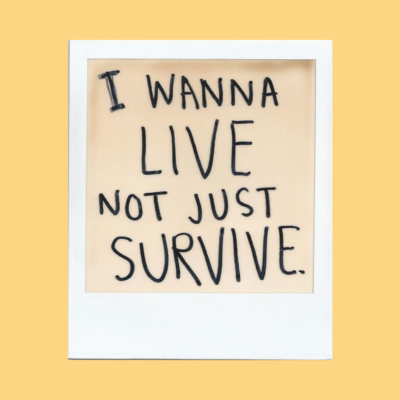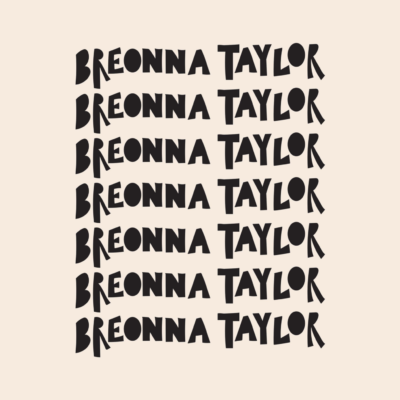
Earlier this year I read Ariel Levy’s Female Chauvinist Pigs: Women and the Rise of Raunch Culture. It made me want to travel back in time and give my 19-year-old self a hug, a lecture, and a copy of the book.
“Here,” I would say urgently, watching as my former self got dressed to go to a bar. “This explains everything. As for tonight, you can wear that tiny shirt if you want to, but for god’s sake put on a coat. Also, you don’t really like thongs and please stop it with the extreme waxing; it’s taking a really long time to grow a normal amount of hair back down there.”
Female Chauvinist Pigs came out in 2005, a year after I graduated from college (I know this makes my time travel fantasy impossible but work with me), and it took on our cultural obsession with fake breasts, porn stars, Girls Gone Wild, and women’s resolution to have sex like men, no strings attached.
19-year-old me started having sex during peak raunch, and coming up with a coherent sexual identity at the time was, as they say, confusing AF. How to look, how to act, what to wear, what to wax—all of it was a moving target of cool/not cool, in/out, good/bad, slutty/empowered.
I was caught between two worlds: feminist outrage at being reduced to body parts; and a self-conscious desire for those body parts to be desirable. I had the hairless pubic mound of a 12-year-old, but I knew the images of “sexy” women being peddled to me were ridiculous; Paris Hilton was an embarrassment to women everywhere, but when I decided to dress like her at a costume party*, all of the clothes came straight from my own closet. (*Okay, it wasn’t a costume party. It was my a cappella group’s reality-TV-themed concert. Do you see what I mean about living in two worlds? I was in AN A CAPPELLA GROUP.)
In a misguided attempt to claim sexual power on our own terms, Levy argues, women tried on hyper-masculinity, a caricature of a caricature. We championed casual sex, showed men our tits, and turned our bodies into what we thought men wanted them to look like by our very own volition, to prove to ourselves that we wanted that same thing, too.
12 years after Levy’s book we may have moved away from our obsession with implants and exposed thongs, but we’re still trying to make like men in a man’s world in order to succeed.
What is the sensibility of trying to do all of it—careers, relationships, sex, family, the whole shebang—on terms that were not written with women in mind in the first place? What would it look like to live in a woman’s world? Or, better yet, in an everyone’s world?
I think we can admit that the existing model isn’t working. Take Hilary Clinton. From the beginning of her career she understood her gender to be a liability and tried, in ways that often contradicted themselves, to find a public persona that was like Goldilocks’ preferred porridge: not too hot, not too cold, just right.
The result was a simulacrum suspended between stereotypes—wooden and wonkish most of the time, or self-consciously warm and folksy when her intelligence became threatening—that left even her greatest admirers (myself included) wishing for something more flesh-and-blood.
By necessity Clinton played to win in a man’s milieu, and I sincerely believe she wouldn’t have gotten as far as she did had she not stripped herself clear of anything that might be construed of as a weak, volatile, vulnerable, or soft.
But when she went up against a luridly drawn cartoon of masculinity, a man still reveling in the raunch culture I and many others were so happy to have left behind, she went up against a flesh-and-blood symptom and symbol of the system she had participated in at its most depraved.
Clinton’s political ascendancy was entrenched in an environment that allowed Trump to be Trump, one in which “bro culture” is encouraged, harassment is unchecked and the reporting of it penalized, white guys get a pass, money shapes policy, bossy bosses get fired, and the white people on top walk away from crimes with a slap on the wrist.
She was simultaneously too close to the system to present voters with a compelling counter solution and too much of an outlier in it to out-man(euver) her opponent.
This was not the future early feminists envisaged. Their dream was for a revolution in which all aspects of society were transformed, not just giving women easier access to spaces inhabited by men but redefining those spaces entirely, which, spoiler alert, didn’t happen.
So, like Clinton, we do what we can in the system. We work harder and sleep less. We freeze our eggs (if we can afford to), work until we’re in labor, have abortions, pump in closets, and seek out supportive partners. For those with the ability to do so we advocate for more money, better parental leave, and an end to workplace harassment and the fear of walking alone at night.
For women of color the sacrifices and fights are greater. The stakes higher.
We lean in and in and in until we lose our footing. We make small inroads on a map whose boundaries have already been drawn. Anne-Marie Slaughter, an academic, mother of two, and the Director of Policy Planning for the State Department under Hilary Clinton, called it like she saw it back in 2012: Actually, ladies, we can’t have it all.
In order for women to truly succeed, she argued, the entire infrastructure of our society needs to change. Instead of bending until we break, we need to break down our current operating systems.
Now, five years later, we are seemingly further than ever from the future Slaughter hoped for, one in which a female president could dismantle societal setups, starting with perception, from the top down.
But I think we’re getting closer. The perverse gift of this presidency is a country reawakened to its own racism and the still-perilous footing here of immigrants, the LGBTQ community, and women, one #metoo at a time. Those whom the system does not serve are under threat; no one can cop to ignorance about long-established inequities that allow those threats to perpetuate.
We are angry, tuned in, and having the hard conversations, or at least we should be. Even as women came together in peaceful protest after the Inauguration, we were asked to examine the role racism played in the lack of arrests that day. We can’t claim a sisterhood and not be aware of the deep principles working for some of us and against others of us.
How do we move forward?
How do we build new foundations?
I am asking these questions for myself. I would love to know your thoughts and answers.
What I do know is that assigning traits and characteristics to individuals and groups is dangerous and dumb, and that self-fulfilling prophecies are real drivers of failure and success. Our words have power, and our thoughts do, too. We are lucky to have incredibly smart women thinking, writing, and speaking about just these issues, from Chimamanda Ngozi Adichie and Ann Friedman to Rebecca Solnit and Roxane Gay, and the onus is on us to be part of the dialogue.
There are men doing this restructuring work, too. Just look to the NFL, a men’s club if there ever was one, and the growing number of players taking a knee, speaking up, and resisting the status quo.
Other women I’ve spoken to have echoed each other in these imperatives:
Inclusion.
Communication.
Flexibility.
Respect for diversity.
Zero tolerance for harassment.
Redrawing the parameters of success.
Honoring healthy families and individuals.
Honoring our bodies so we know our capacity for giving and when we need to take rest.
Knowing what it feels like to be balanced and aligned in our systems so we can recognize imbalance and disparity in the world outside.
We can start by asking ourselves, “What do I want to do in this situation?” instead of defaulting to what we think is expected, what is safe, what a man would do.
This means the first step is knowing ourselves and knowing what we do want. Imagining the kind of world in which we want to live. Solnit, in an essay in The Guardian, pulls no punches with her ambitions:






You actually make it seem so easy with your presentation but I find this matter to be actually something which I think I would never understand. It seems too complex and very broad for me. I’m looking forward for your next post, I will try to get the hang of it!
I really like your writing style, excellent info , regards for posting : D.
It’s truly a nice and helpful piece of info. I’m happy that you just shared this useful information with us. Please stay us up to date like this. Thanks for sharing.